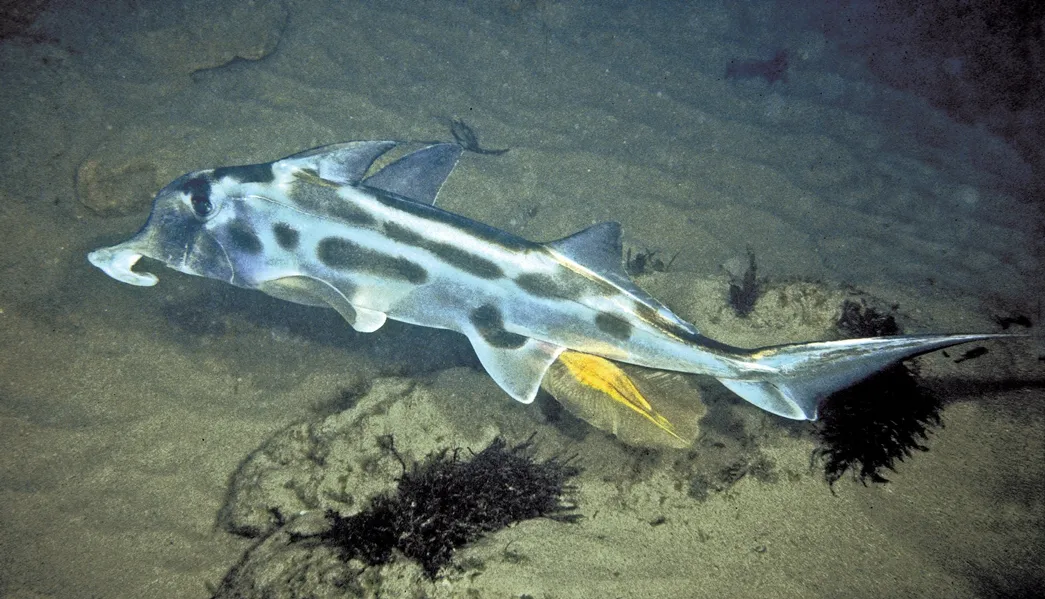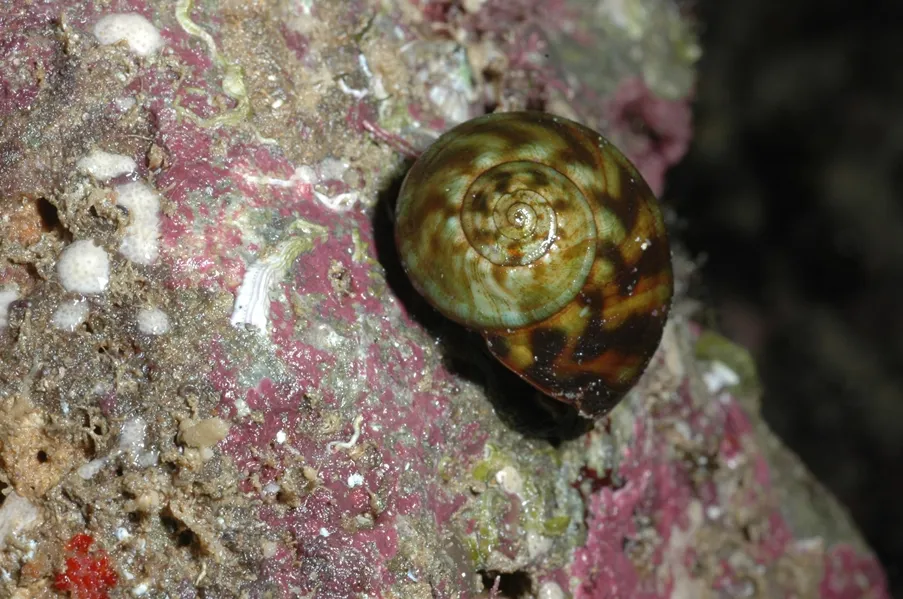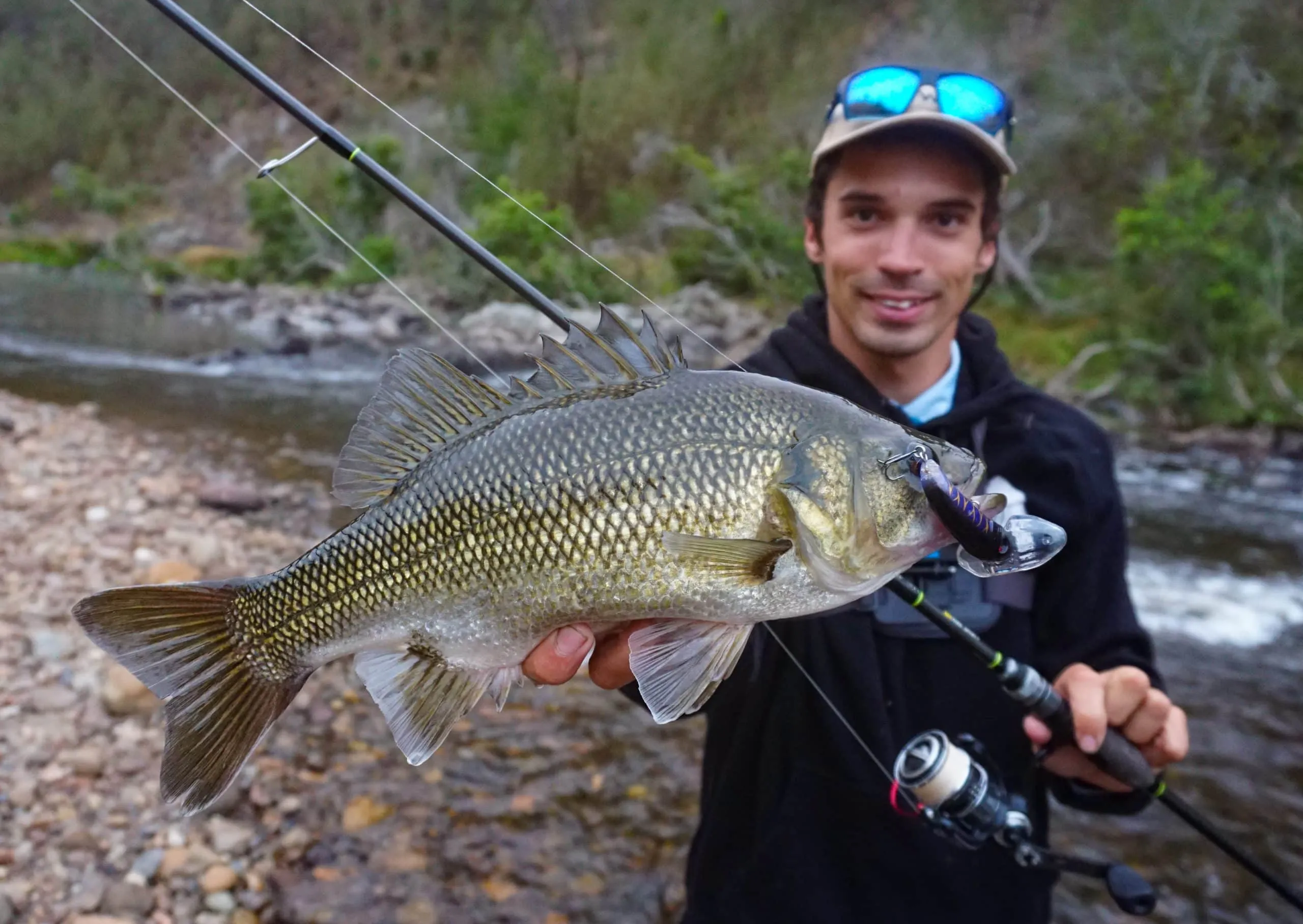
By Archer Hume
Elephant Fish Fishing in Melbourne
The Elephant Fish, also known as Ghost Shark, is a unique cartilaginous fish found in Victorian waters. It's characterized by its distinctive trunk-like snout and silvery-grey coloration.
Thu Sep 05 by: Archer Hume
Various species of molluscs including snails, slugs, periwinkles, dogwhelks, chitons, and limpets. These are often found in intertidal zones and shallow waters.

Source: portphillipmarinelife.net.au
Table of Contents
Other Molluscs refers to a diverse group of marine invertebrates, excluding commonly known species like abalone, mussels, oysters, scallops, cockles, pipis, squid, octopus, and cuttlefish. This category includes snails, slugs, periwinkles, dogwhelks, chitons, and limpets. These creatures are characterized by their soft bodies, often protected by a hard shell.
Most of these molluscs inhabit intertidal zones and shallow coastal waters, clinging to rocks, hiding in crevices, or moving slowly along the sea floor. They play crucial roles in marine ecosystems, often serving as algae grazers and as prey for various marine animals.
In Victoria, these molluscs can be found along rocky shorelines, in tide pools, and in shallow coastal waters. However, it’s important to note that collection is restricted in certain areas to protect these species and their habitats.
When collecting these molluscs, it’s crucial to do so responsibly and within legal limits. Always check local regulations before collecting, as rules can change and vary by location. Remember that these creatures are an important part of the marine ecosystem, so collect only what you need and leave the habitat as undisturbed as possible.
Collection of these molluscs is subject to several restrictions in Victoria:
These molluscs are typically collected by hand rather than caught with fishing gear. When collecting:
It's important to note that Other Molluscs is a protected species. Fishing for this species is typically prohibited or strictly regulated to ensure its conservation. Instead of fishing, consider learning about the importance of this species in its ecosystem and supporting conservation efforts.
It's important to note that Other Molluscs is a protected species. Fishing for this species is typically prohibited or strictly regulated to ensure its conservation. Instead of fishing, consider learning about the importance of this species in its ecosystem and supporting conservation efforts.
Yes, there is a bag limit for other molluscs in Victoria. Outside of restricted areas, the limit is either 5 litres of whole molluscs from one or more species, or 1 litre of split or shucked (removed from shell) molluscs from one or more species.
There is no minimum legal size limit for these other mollusc species in Victoria. However, it's always good practice to avoid taking very small specimens to allow populations to replenish.
Various species of molluscs including snails, slugs, periwinkles, dogwhelks, chitons, and limpets. These are often found in intertidal zones and shallow waters.
As Other Molluscs are a protected species, there are no recommended lures for catching them. It's important to respect conservation efforts and avoid targeting these fish.
As Other Molluscs are a protected species, there are no recommended baits for catching them. It's crucial to adhere to conservation guidelines and avoid fishing for these protected fish.
As Other Molluscs are a protected species, there are no recommended baits for catching them. It's important to focus on other species and support conservation efforts.
As Other Molluscs are a protected species, fishing for them is not allowed in any location. It's important to focus on other species and support conservation efforts.

Elephant Fish Fishing in Melbourne
The Elephant Fish, also known as Ghost Shark, is a unique cartilaginous fish found in Victorian waters. It's characterized by its distinctive trunk-like snout and silvery-grey coloration.

Australian Bass Fishing in Melbourne
The Australian Bass is a popular freshwater sport fish native to coastal rivers and streams in eastern Australia. Known for its fighting spirit and delicious flesh, it's a prized catch for many anglers.